Each month ELCA Worship highlights resources and events from other organizations and institutions. These Lutheran and ecumenical partner organizations work alongside the ELCA to support worship leaders, worship planners, musicians, and all who care about the worship of the church.
ALCM nurtures and equips musicians to serve and lead the church’s song.
Ponder Anew: Serving and Leading the Church’s Song
July 22 – 25
Valparaiso University, Valparaiso, Ind.
Join us on the campus of Valparaiso University and the beautiful Chapel of the Resurrection as we Ponder Anew how to communicate God’s saving grace to all peoples in meaningful, relevant ways. Through workshops, discussions, worship, and hands-on learning opportunities, we invite you to strengthen your gifts and develop new skills in topics such as worship leadership, technology, composition, enriching assembly song and more, all the while forming connections from Generation to Generation with young musicians attending the Lutheran Summer Music Academy (LSM).
The emphasis of this conference is on practical skill-building. Registrants will be able to attend in-depth learning sessions on a variety of topics. These sessions are 90 minutes long and typically consist of multiple sessions, with each session building on the previous. In addition to the in-depth learning sessions, a variety of workshops will round out this practical learning experience. Many fine presenters will be on hand to lead us in a variety of learning opportunities.
On Wednesday, July 24 at 7:30 PM, all are invited to attend a 300th anniversary performance of J. S. Bach’s St. John Passion, performed by the Bach Collegium Valparaiso and directed by Christopher M. Cock, artistic director and conductor, in the Chapel of the Resurrection. You do not need to register for the conference to attend. Cannot be in Valparaiso for the conference? Live Streaming Virtual Registration Now Available!
Additional information about the conference, including pricing, scholarships, and accommodations, is available on the ALCM website.

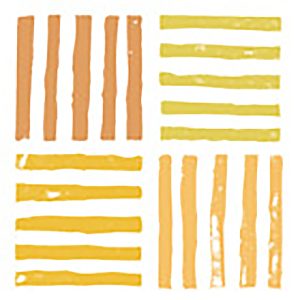
Music that Makes Community (MMC) practices communal song-sharing that inspires deep spiritual connection, brave shared leadership, and sparks the possibility of transformation in our world.
Music that Makes Community
Music that Makes Community (MMC) practices communal song-sharing that inspires deep spiritual connection, brave shared leadership, and sparks the possibility of transformation in our world.
Christ is Risen! He is Risen Indeed! Alleluia!
MMC is delighted to share a number of upcoming workshops and events, more details on the “Sacred Land” Call for Songs, a song for Pentecost, and the story of a new song birthed by one of our board members.
Upcoming in-person workshops!
Virtual gatherings: Monday Morning Grounding is a virtual point of connection and reflection for clergy and musicians. The current session continues until May 20, 2024. Register for the Zoom link!
The Sacred Land Call for Songs is now open! Learn more about the playlist project partnership between MMC and the Coalition to Dismantle the Doctrine of Discovery here. Open Office Hours to ask questions and get feedback are on Tuesday, April 23 and Thursday, May 23. The deadline to submit songs is June 1. Even if you don’t submit a song, we hope worship planners, clergy, and musicians will watch for the release of the playlist in September and use the resources as they plan ways to amplify indigenous voices for Indigenous Peoples Day, Native American Heritage month, and every day.
To conclude, we suggest Rachael Weasley’s round Windy God for Pentecost this year. It can be found in their Songs for Contemplation for Activists and Christians, which you can purchase here. We also invite you to read about MMC board member Jennifer Sanborn’s experience of birthing the song “We Are All Doing Our Best” on the blog
May the rest of your Easter season be a glorious noticing of miracles amidst challenging times.
Transforming and connecting lives through faith and music since 1981.
Happy Easter from your friends at Lutheran Summer Music! Please enjoy this musical offering of Paul Basler’s Alleluia from Songs of Faith, performed by the LSM 2023 Festival Choir, conducted by Dr. Shannon Gravelle. Learn more about LSM at LSMacademy.org
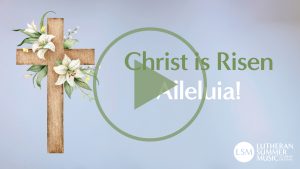
Augsburg Fortress is an imprint of 1517 Media, the publishing ministry of the Evangelical Lutheran Church in America
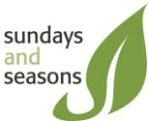
Sundays and Seasons Print Subscription
Enroll in the Sundays and Seasons print subscription to receive each subsequent release of the Sundays and Seasons resources you have selected when the next volume releases. Your subscription begins with the next annual edition released in the spring.
You can choose which planning resources you want to purchase each year together or separately
- Sundays and Seasons: Guide to Worship Planning
- Sundays and Seasons: Preaching
- Planning Guide and Preaching Combo Pack
- Worship Planning Calendar: Sundays and Seasons
- Planning Guide and Calendar Combo Pack
- Calendar of Word and Season
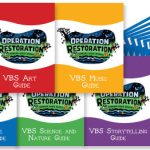 Operation Restoration
Operation Restoration
This VBS invites kids to be menders in God’s world. As they make connections between Bible stories and mending actions, they’ll discover simple ways to live out faith in daily life. Everyone at Operation Restoration explores language and practices to mend God’s world.
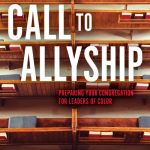 Call to Allyship: Preparing Your Congregation for Leaders of Color
Call to Allyship: Preparing Your Congregation for Leaders of Color
How can churches do the work of becoming allies for the leaders they call? In belonging to a predominantly white denomination, ELCA members are called to listen and learn from its leaders of color to recognize the assumptions, biases, and harmful actions that result when congregations don’t commit to become allies. Authors offer wisdom, storytelling, and concrete suggestions for churches preparing to call a leader of color. Call to Allyship is a must-read for call committees, church councils, social justice teams, and anyone prepared to do the work of understanding, welcoming, and celebrating these leaders.
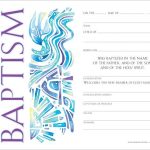 Baptism Certificates
Baptism Certificates
Augsburg Fortress offers a variety of baptismal certificates, including both physical and downloadable options for both children and adults in English and Spanish.
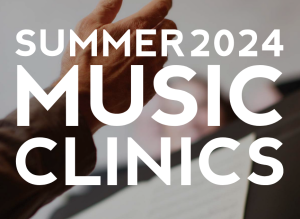
Save the Date for Augsburg Fortress Summer Music Clinics
Join clinicians David Cherwien and Mark Sedio for Augsburg Fortress’ free summer music clinics this summer in any of our five locations! Registration information is still forthcoming, but now is the time to save the date:
July 16-17 in St. Paul, Minn
July 19-20 in Columbia, S.C.
August 1-2 in Philadelphia, Pa.
August 5-6 in Columbus, Ohio
August 9-10 in Chicago, Ill.
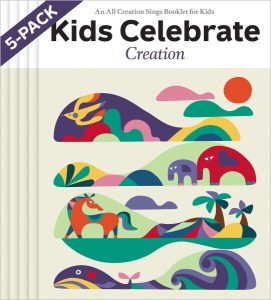
 Introduce two new songs with reformation themes, “By Grace We Have Been Saved” (ACS 1006) and “Born, Reborn.” (ACS 956). The introductory videos will assist you with learning and teaching in your context.
Introduce two new songs with reformation themes, “By Grace We Have Been Saved” (ACS 1006) and “Born, Reborn.” (ACS 956). The introductory videos will assist you with learning and teaching in your context.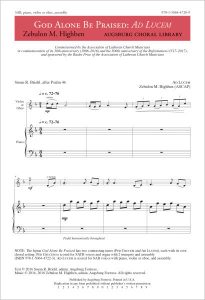 , this anthem setting includes a part for the assembly and violin. You can listen to it as well.
, this anthem setting includes a part for the assembly and violin. You can listen to it as well.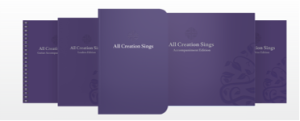



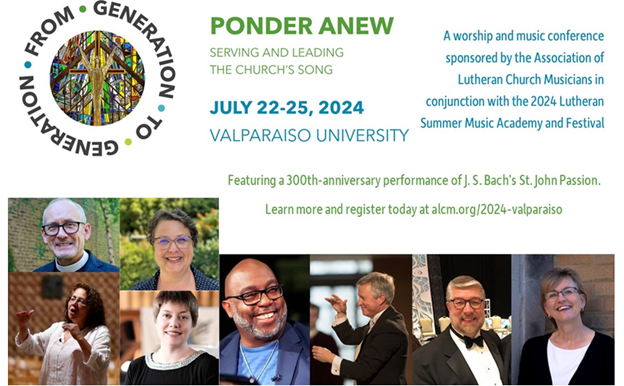

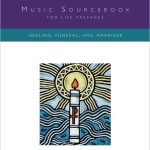

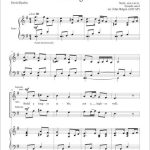

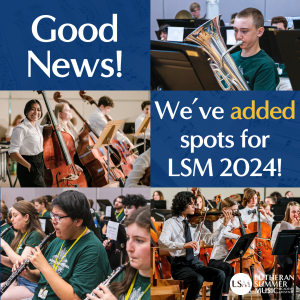
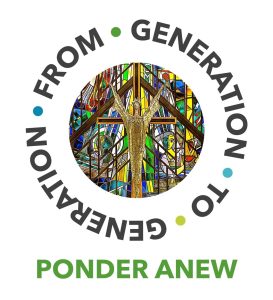 Association of Lutheran Church Musicians
Association of Lutheran Church Musicians
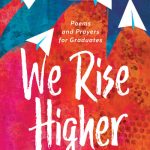 s
s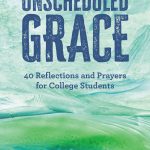 Unscheduled Grace: 40 Reflections and Prayers for College Students
Unscheduled Grace: 40 Reflections and Prayers for College Students  Confirmation Certificates
Confirmation Certificates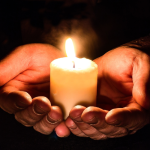




 Call to Allyship: Preparing Your Congregation for Leaders of Color
Call to Allyship: Preparing Your Congregation for Leaders of Color 